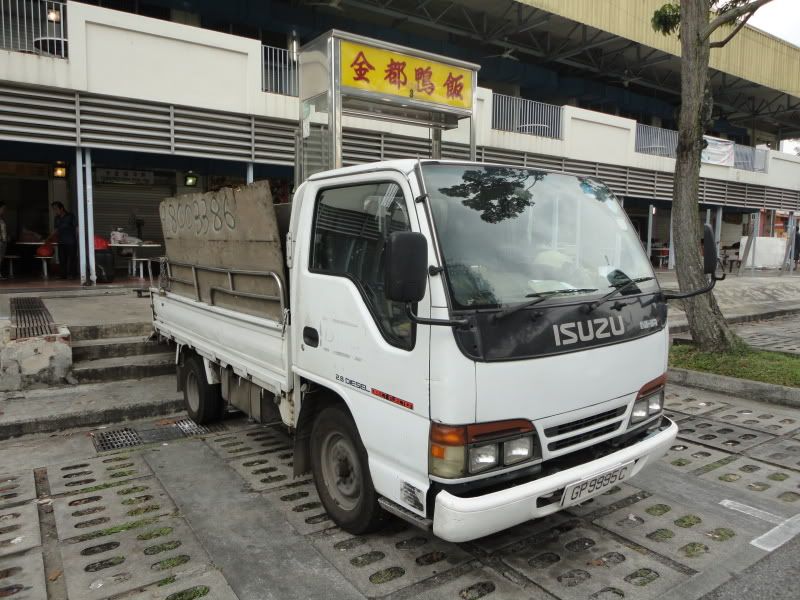You are here: Home » Places » Tiong Ghee Temple
Once upon a time, there was a temple named Bo Beh Kang Village End Ghee Tiong Temple located in Bo Beh Kang village. In Hokkien, Bo Beh Kang refers to the stream that flowed between the former Hong Yin and Hong Lim hills which flows to Singapore River. Hong Yin Hill grows rubber while Hong Lim Hill is used for cemetery. As the locals, who were mainly Hokkien and Teochew families could not identify the source of the river, there were no tail to the stream. This stream was later appeared as the Alexandra Canal.
Back to our discovery today in Queenstown, we found out that this temple was surrounded by a village which raised pigs, cows and planted fruit trees. This temple started as a Guan Gong (God for protection) shrine in 1912 and was expanded in 1931 with the help of the village elders who converted a warehouse into temple. Gods like Tua Pek Gong were later introduced. It was widely believed that the village was relatively unscathed during World War II because of protection from the Gods. Therefore, on May 13th and August 23rd on the Lunar Calendar, they will hold functions to repay kindness to gods through rituals.
The Huts where Tiong Ghee Temple was located before development
Developments took place around the temple and it was inevitable that it was demolished. Although much of Hong Yin hill has been excavated, the neighbourhood remains hilly in some areas today. Renamed Tiong Ghee temple in 1968 after the setting up of a temple committee which registered it as a religious institution and rebuilt in 1973 along Stirling road after donations from the public, it stood proudly on a knoll along Stirling Road.

Lion Dance at the Opening Ceremony of the present Tiong Ghee
Procession at a Festival in Tiong Ghee Temple

A view of the temple from outside
The Interior of the Temple
Look at the beautiful carvings!!
...where devotees would kneel and pray
Offerings at the Temple..
The backyard...
the Dragon stone carvings!!
Man shackling sand used for the placement of incense
One parting shot..
Category: Places
Related posts:
If you enjoyed this article, subscribe to receive more great content just like it.
Subscribe to:
Post Comments (Atom)

















POST COMMENT
0 comments:
Post a Comment